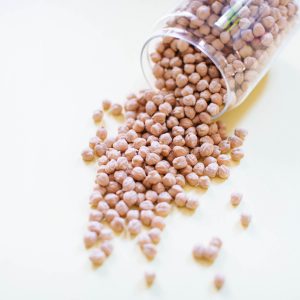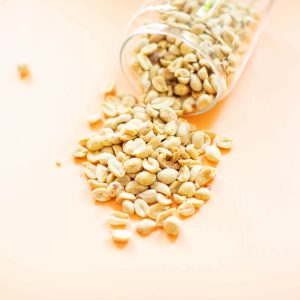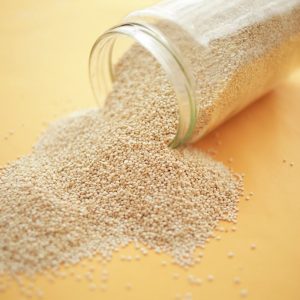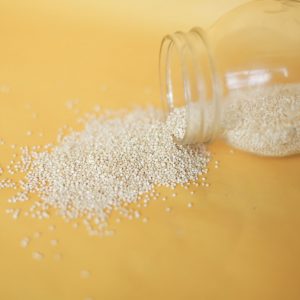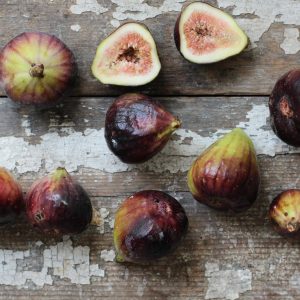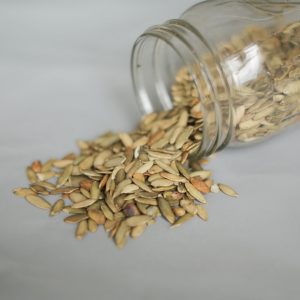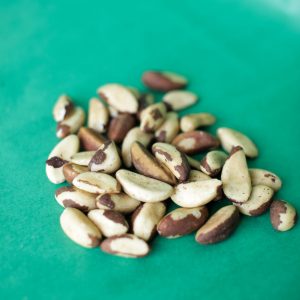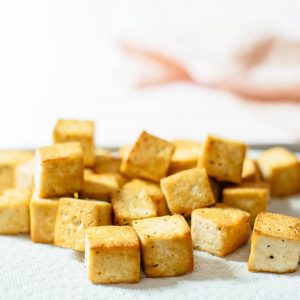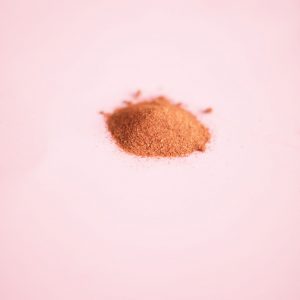Rice is a delicious, gluten-free alternative to traditional breads and pastas.
It’s a very popular grain used far and wide throughout many cultures. There are two main varieties, brown and white.
Within the white rice category you’ll find jasmine, basmati and arborio. With white rice varieties, three out of the four layers of the grain are removed; the husk, bran and the germ. All that’s left is the endosperm. The endosperm gives white rice its bright white, fluffy appearance. While this may be more aesthetically appealing, nearly all of the nutrients lie within the husk, bran and germ of the grain, making white rice a processed product.
Brown rice on the other hand only has the husk removed, where the bran and germ are still left intact. This allows for a more nutritious, less processed product.
Health Benefits of Rice:
While white rice is very low in fiber, brown rice on the other hand is particularly high. One cup contains 14% of the daily value. Fiber is exceptionally important for digestive health, heart health, modulating hunger cues and controlling blood sugar. When consumed in its most natural form, rice can be a great way to get a boost of fiber in your diet.
Rice is also packed with vitamins and minerals that are essential for proper health. For example, manganese is particularly important for metabolism, growth and development. Take a look at the nutrient profile for brown rice below!
Nutrient Breakdown of Rice:
*Per 1 cup brown rice
- Carbohydrates | 45g
- Protein | 5g
- Fat | 2g
- Fiber | 3.5g
- Manganese | 88% DV
- Selenium | 27% DV
- Magnesium | 21% DV
- Phosphorus | 16% DV
- Niacin | 15% DV
- Vitamin B6 | 15% DV
How To Use:
Rice is a delicious meal component that can be used in a variety of ways. You can also use it in a grain bowl, season it with herbs and spices as a side, stuff peppers with it or even make it into a pasta!
Recipes:
Baked Pea Falafel With Sesame Rice Balls
Beet Marinara With Brown Rice Pasta
NS Recommends:
Feel free to use both white and brown variations in your diet! While brown rice may have a bit more nutrients, white rice is still a viable source of energy through carbohydrates. Always just be sure to pair your rice with a source of protein or healthy fat to slow digestion and keep you feeling full longer!




























